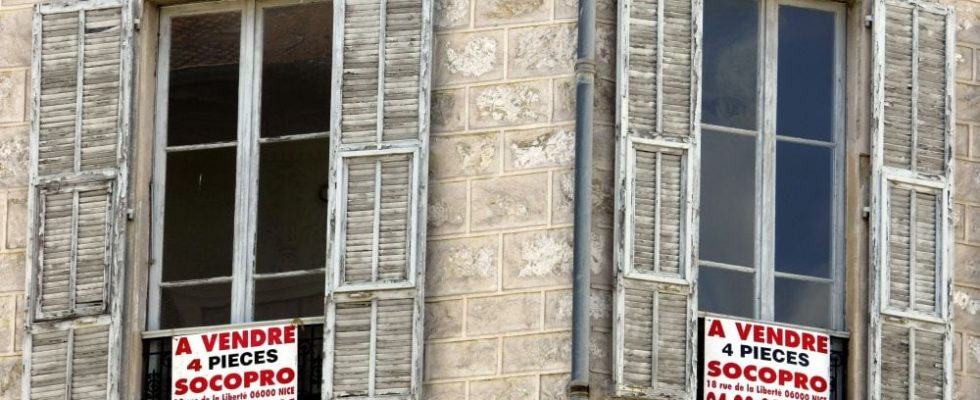The end of the crisis is not imminent. The amount of new housing loans, excluding renegotiations, fell again in March, to 6.7 billion euros, the lowest volume in almost ten years, according to a report from the Banque de France in date of Monday May 6. It was 7.4 billion euros the previous month. The average interest rate for these new loans is, however, more favorable to borrowers, going from 4.11% in February to 3.94% in March, the second consecutive month of decline after the peak in January (4.17% ).
These rates exclude fees and insurance. All fees included, the rate between January and March is 4.79% for a term of twenty years or more.
If this movement of appeals from the banks is normally likely to energize the market, property candidates are not rushing to the gate. The main obstacle is shared by all market players: a still high property price. The cost of credit, significant for loan candidates even with the start of a drop in rates, weighs on the real estate purchasing power of households.
Prices still high
Finally, banks and brokers consider that the market is hampered by certain rules decreed by the High Financial Stability Council (HCSF), which regulates, among other things, the conditions for granting real estate credit, particularly in terms of rental investment. The real estate loan market has been driven in recent weeks by a bill proposed by Renaissance MP Lionel Causse, supported by Bercy, aimed at reforming the HCSF.
Criticized by the Bank of France and emptied of its substance by several amendments, this bill was finally withdrawn last Monday by its author. The date of the next quarterly meeting of the body, which brings together the governor of the Bank of France François Villeroy de Galhau and the Minister of the Economy Bruno Le Maire, has not yet been announced.
The first quarter meeting, which was never officially announced, was held well but via “a written procedure” Bercy told AFP on Monday, confirming information from the Echoes. It did not result in any change.
